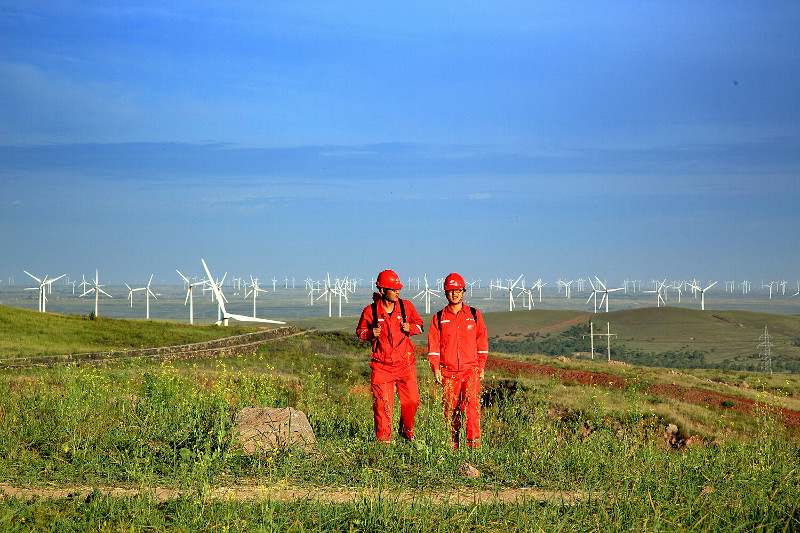China leads the world in clean energy
From the country with the most greenhouse gas emissions, China is pioneering investment in renewable energy, which is expected to be higher than the European Union, the US and Japan combined.
The amount of emissions that China creates is at risk of peaking in 2030, but according to a report by the Grantham Climate Change Research Institute and London University of Economics and Political Science, data in 2014 and three. The first quarter of 2015 showed a change in the country's economic and energy picture.
The reason is that China's rapid growth, which consumes huge energy and releases record greenhouse gas emissions, is slowing.
China's economic model in recent decades, like many other developing countries, has focused on investment in construction and related industries such as steel, cement, to expand its base. floor. These industries consume a lot of energy, while in China, the energy is mainly from coal, a huge greenhouse gas emission material.

A windy field of Chinese wind power company Goldwind.(Photo: Goldwind).
Currently, investment in infrastructure in China is slowing, demand for steel and cement is reduced. It is also increasing investment in hydropower, nuclear energy, wind and solar power.
According to Grantham's report, at the end of 2014, renewable energy accounted for 11% of total energy consumption in China. Coal usage did not increase in 2014 and decreased in 2015.
According to the International Energy Agency (IEA), the increase in renewable energy production in China is expected to be higher than the European Union, the US and Japan combined.
Not only China, in the United States, the National Energy Information Agency said, next year, solar power capacity in the country will be greater than the total capacity of electricity from natural gas, wind and oil.
China and the United States are the two countries with the most emissions. The 2014 agreement between the two countries on reducing greenhouse gas emissions has created a major change in efforts to prevent climate change.
These two countries pledged to reduce emissions within 10-15 years, and will continue their efforts to cut down in the future. This is the basis for other countries to participate in the Paris Agreement which is about to be signed at the United Nations headquarters in New York this month. If more than 55 countries are signed, corresponding to a minimum of 55% of total greenhouse gas emissions, the agreement will take effect.
- China is at the forefront of clean energy use
- Successful development of clean energy
- The world needs to accelerate the application of clean energy
- Energy Observer - 'Laboratory' of floating energy throughout the world
- Vietnam won the Global Energy Award
- Renewable energy is enough to provide 1/4 of the world's electricity demand
- Clean energy sources are far outstripping coal
- Norway built the first city in the world using only clean energy
- China successfully tested fusion energy reactors
- The world's 10 most solar-powered countries
- The most surreal alternative energy sources in human history
- Denmark is at the forefront of producing clean energy
 Is the magnetic North Pole shift dangerous to humanity?
Is the magnetic North Pole shift dangerous to humanity? Washington legalizes the recycling of human bodies into fertilizer
Washington legalizes the recycling of human bodies into fertilizer Lightning stone - the mysterious guest
Lightning stone - the mysterious guest Stunned by the mysterious sunset, strange appearance
Stunned by the mysterious sunset, strange appearance